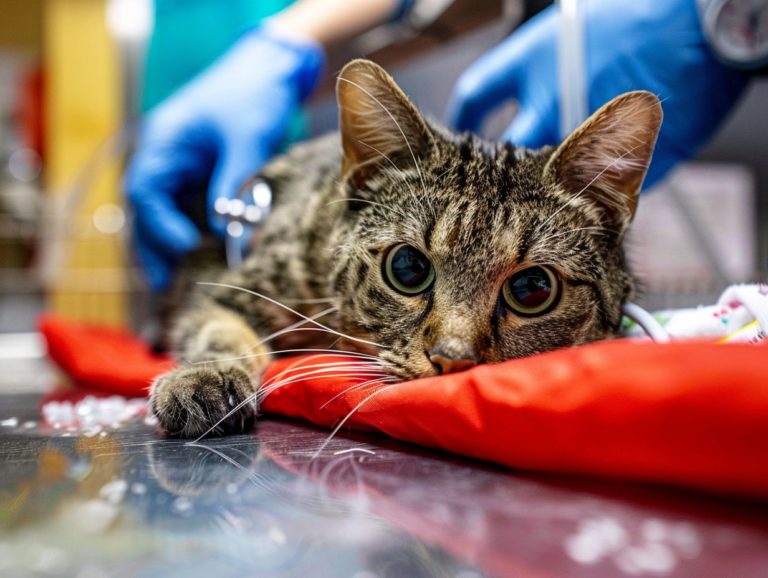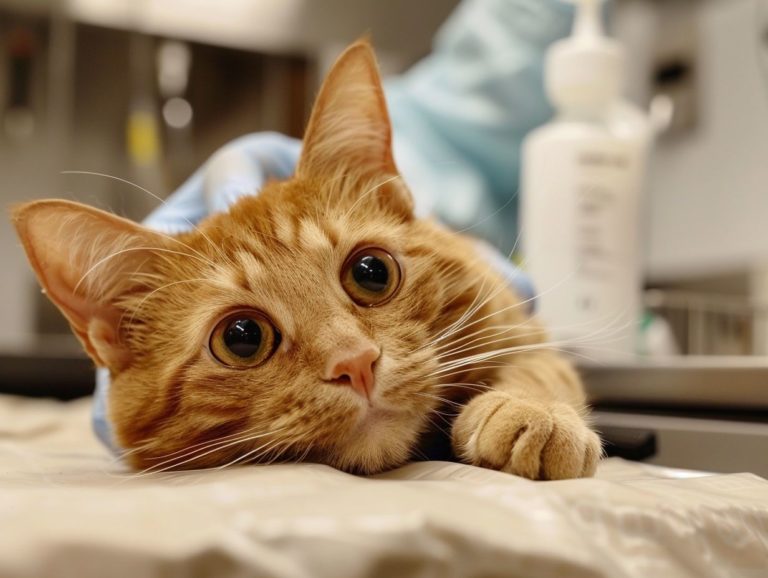Is Cat Health Insurance Worth The Cost A Detailed Analysis
This guide answers the question “Is cat health insurance worth it?” and covers everything you need to know about cat health insurance. It explains what cat health insurance is, the pros and cons of cat health insurance, factors to consider when choosing a cat health insurance plan, and alternatives to traditional insurance. By the end of this guide, you will have the knowledge to determine whether cat health insurance is worth the financial investment for your cat.
Key Takeaways:

Understanding Cat Health Insurance
Understanding Cat Health Insurance is crucial for pet owners to safeguard the well-being and financial security of their feline companions. It provides coverage for unexpected vet bills, medical expenses, and emergency care, offering pet owners peace of mind regarding their pet’s health.
Cat health insurance typically includes coverage for various treatments such as surgeries, medications, diagnostic tests, and even behavioral therapy. Policies often involve a deductible, which is the amount the pet owner must pay before the insurance coverage takes effect. Once the deductible is satisfied, reimbursement processes vary, but most insurance companies reimburse a percentage of the covered expenses.
Having cat insurance can significantly alleviate the financial strain of unforeseen health issues, allowing pet owners to prioritize their pet’s health without concerns about costs.
What is Cat Health Insurance?
Cat Health Insurance is a type of pet insurance policy that covers the cost of medical treatments and care for cats. It typically includes coverage for services such as routine check-ups, surgeries, medications, and emergency treatments.
When customers purchase a cat health insurance policy, they pay a monthly premium to the insurance company. In return, the insurer covers or reimburses the majority of a cat’s eligible medical service costs. Owners are required to pay deductibles, which are the amount of money they need to cover out of pocket before their insurance coverage kicks in.
Once the deductible is met, the insurance company pays a percentage of the remaining costs for covered services, providing cat owners with peace of mind when seeking necessary care for their feline companions.
Pros and Cons of Cat Health Insurance
Examining the Pros and Cons of Cat Health Insurance can assist pet owners in comprehending the advantages and disadvantages of insuring their pet’s health. While it serves as a safeguard for owners against significant veterinary expenses and unforeseen health-related costs in the long term, it also entails financial outlays and is often limited in coverage.
Cat health insurance is generally a wise investment for pet owners, ensuring that they can fulfill their cat’s essential medical requirements without the financial strain of covering these services independently. By obtaining insurance for routine check-ups, vaccinations, and emergency treatments, pet owners can maintain their cat’s health at an optimal level without worrying about financial ramifications.
Some policies may not cover pre-existing conditions and specific procedures. Familiarizing oneself with the policy terms and comparing various insurance options can assist owners in selecting the most suitable plan for their cat’s health insurance needs.
Advantages of Having Cat Health Insurance
Cat Health Insurance offers peace of mind and financial security to pet owners concerning the health of their cats. It ensures that necessary medical interventions, including surgeries, treatments, and medications, can be provided without causing significant financial hardship to the pet owner.
Along with offering financial coverage for routine veterinary visits and preventive care, Cat Health Insurance can be life-saving in emergency situations. For instance, if a cat swallows a foreign object and requires emergency surgery, the insurance will assist in covering the cost of the expensive procedure.
Having insurance enables pet owners to make decisions based on their cat’s health needs rather than their financial constraints. The sense of security and reassurance that their cherished cat can access essential care is invaluable to pet owners.
Disadvantages of Cat Health Insurance
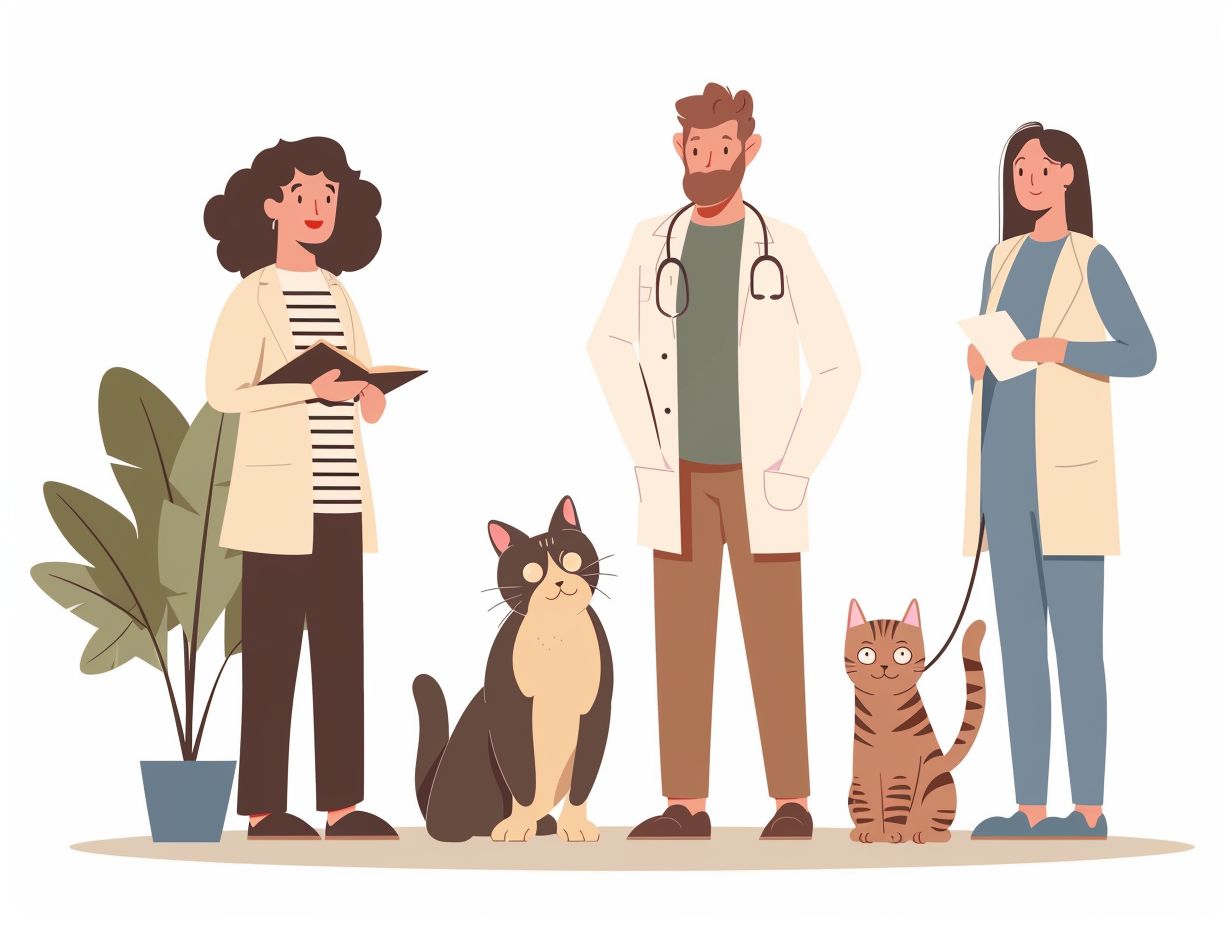
Despite the numerous advantages, Cat Health Insurance has its disadvantages, including monthly premiums, coverage caps, and limitations on pre-existing conditions. Pet owners need to consider these disadvantages when evaluating insurance options for their cats.
Monthly premiums can be expensive, especially when coupled with the costs of routine vet checkups and medications, making insurance unaffordable for some pet owners. Certain insurance policies impose coverage limitations, leading to incomplete coverage for all medically necessary treatments or procedures. Pre-existing conditions are typically excluded from coverage, leaving pet owners responsible for any medical expenses related to previously diagnosed conditions.
In situations requiring extensive or specialized care, the insurance plan may not cover all costs, leaving owners with unexpected expenses.
Factors to Consider When Choosing Cat Health Insurance
When choosing cat health insurance, several factors should be taken into consideration. These factors are aspects that pet owners can influence to ensure they select the most suitable cat insurance for their specific circumstances. The factors include coverage caps, cost, the reputation of insurance companies, and the specific needs of pet ownership.
Coverage limitations are the most crucial factor to consider when selecting cat insurance as they determine which veterinary services and treatments are covered. Pet owners should carefully review the policy details and understand any exclusions or restrictions. The cost of cat insurance policies varies based on factors such as deductible amounts, premium rates, and coverage levels. Pet owners must strike a balance between affordability and adequate coverage.
Researching the reputations of pet insurance companies is essential. Key aspects to consider include the quality and efficiency of customer service, ease of claims processing, and customer satisfaction. The specific needs of pet ownership, such as the cat’s breed, age, and any pre-existing conditions, are significant factors in determining the most suitable cat insurance for each individual cat.
Cost and Coverage Options
When considering Cat Health Insurance policies, it is important to assess the cost and coverage, as well as understand the limits, deductibles, and reimbursement rates to determine the overall value of the pet insurance policy.
Evaluation of coverage caps is crucial, as they represent the maximum amount the pet insurance company will pay for covered services. Policies with higher coverage caps may come with higher premiums, but they offer greater protection from the financial impact of expensive treatments on the pet owner’s budget.
Deductibles play a key role in determining how much of a claim the pet owner will need to pay before the pet insurance policy kicks in. Opting for higher deductibles may lead to lower monthly premiums but will result in higher upfront costs for the pet owner in case of a claim.
Pre-existing Conditions and Waiting Periods
For pet owners considering Cat Health Insurance policies, it is crucial to understand pre-existing conditions and waiting periods as they impact coverage for existing health issues and the time frame before insurance benefits can be claimed.
Pre-existing conditions refer to health problems that existed before the insurance coverage began and are typically not eligible for reimbursement. Insurance companies impose waiting periods to prevent pet owners from purchasing insurance only when their cats are already sick, ensuring a fair system for all policyholders.
The management of pre-existing conditions can vary among insurers, with some offering limited coverage or higher premiums for those with such conditions, affecting the overall cost and quality of coverage.
Alternatives to Cat Health Insurance
Alternative Options are ways in which pet owners can provide financial coverage for a cat’s medical expenses aside from traditional Cat Health Insurance plans. Self-insurance, pet health funds, and discount programs are all alternative options that pet owners can explore.
Self-insurance involves pet owners taking on the responsibility of paying for any veterinary care their cat may need out-of-pocket. This option may not include monthly premiums, but pet owners should have an emergency fund to cover unexpected vet bills.
Pet owners can create a pet health savings account to proactively save money for medical care. By saving regularly, they can have a financial safety net in place for future cat medical expenses.
Additionally, pet owners can utilize discount programs as a cost-effective way to pay for routine check-ups, vaccinations, and other preventive care services.
Self-Insuring and Other Options
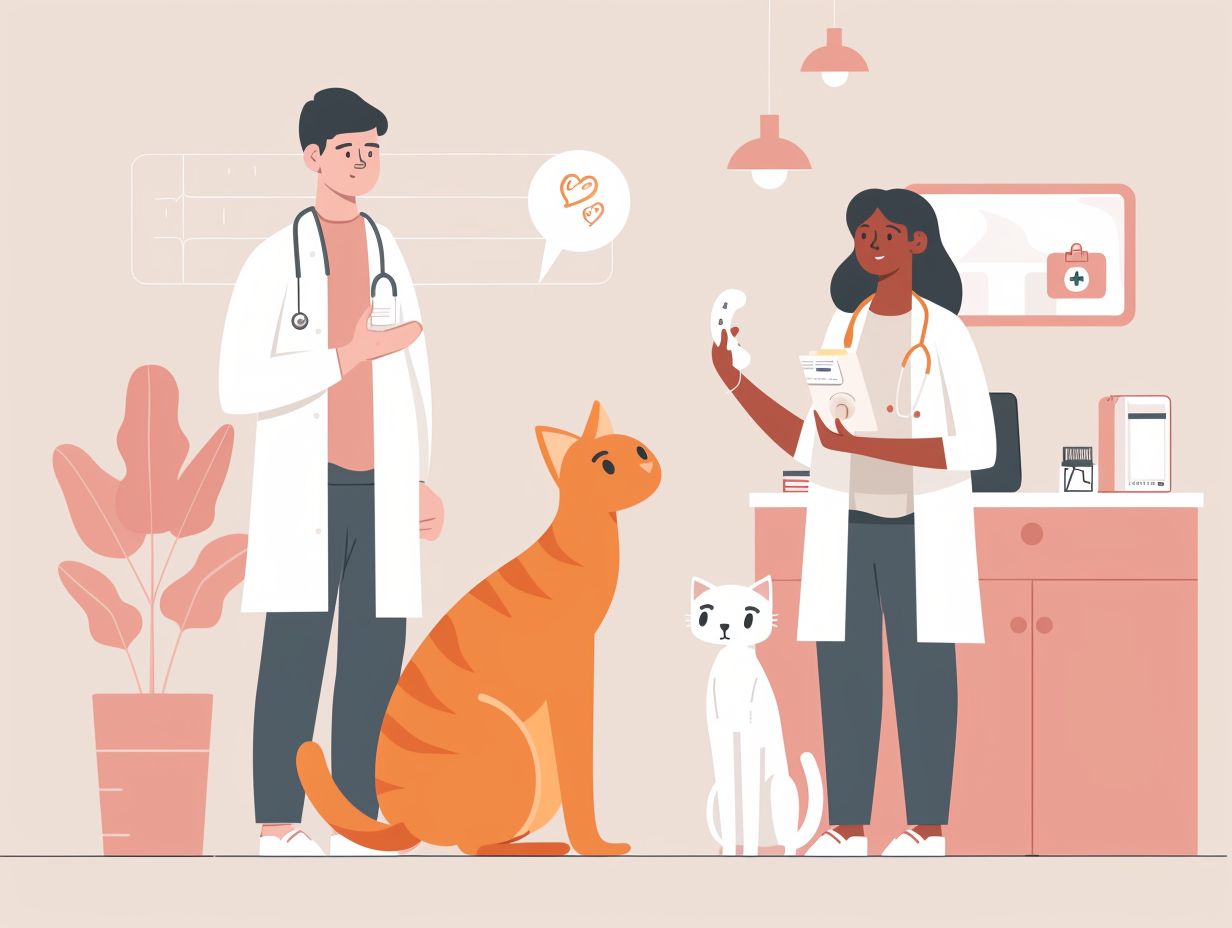
Self-insuring is an alternative financial strategy for pet owners to protect against cat medical expenses by setting money aside specifically for pet health that is independent of traditional insurance. Along with self-insuring, pet owners can establish a pet health savings account, which is akin to a personal savings account but designated for their cat’s health needs. Pet health discount programs are another financial protection option, providing discounts on veterinary fees and medications for pets. These alternatives grant pet owners autonomy and financial control over their cat’s medical expenses, without the constraints of traditional insurance coverage.
Is Cat Health Insurance Worth the Cost?
Determining whether Cat Health Insurance is worth the cost depends on the coverage provided, potential out-of-pocket expenses, and the overall financial impact on pet owners. Key factors to consider include evaluating coverage caps and the likelihood of unexpected veterinary costs. For cat owners with breeds prone to hereditary health issues, such as Persian cats with respiratory problems, insurance coverage may offer significant benefits. In the case of a young, currently healthy outdoor cat with no medical history, the cost of insurance premiums may exceed anticipated vet bills in the short term. Pet owners should assess their individual financial circumstances and their cat’s health needs to determine the best value proposition for investing in cat health insurance.
Analyzing the Overall Value
When analyzing the overall value of cat health insurance, it is essential to evaluate the interplay between premiums, coverage caps, and potential reimbursement of pet medical expenses to determine if the financial protection aligns with the cat’s needs and potential health costs.
Understanding the value of cat health insurance entails examining how insurance policy costs, coverage limits, and reimbursement policies interact to establish the policy’s overall worth. By assessing the premiums charged by insurance providers in comparison to coverage limits and the extent of medical expense reimbursement, pet owners can gauge the level of financial protection offered by the policy and make informed decisions based on their cat’s specific health requirements.
Frequently Asked Questions
Is cat health insurance worth the cost?
It depends on your individual situation and your cat’s overall health. A detailed analysis can help determine if it’s a good investment.
What does cat health insurance typically cover?
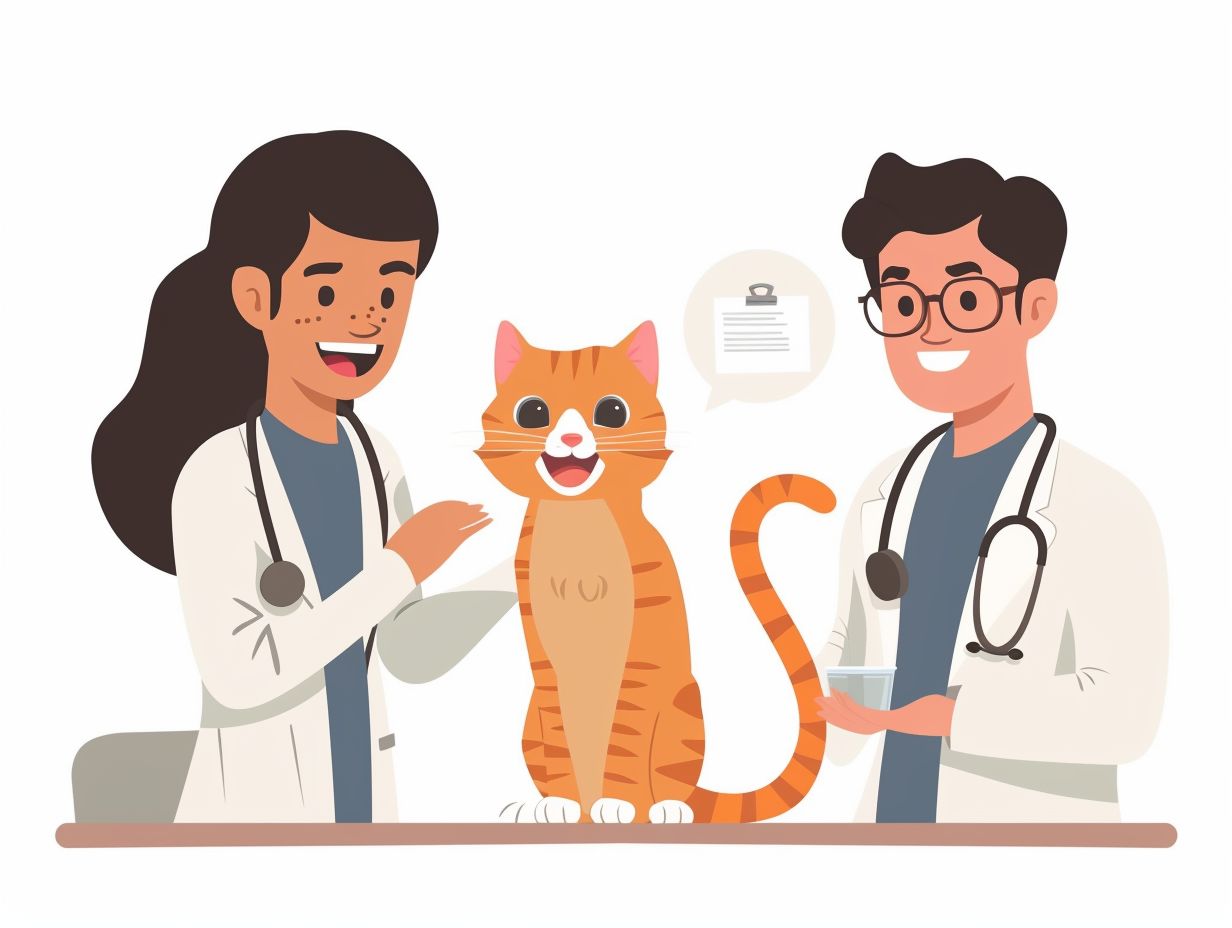
Different insurance plans offer different coverage options, but typically cat health insurance covers accidents, illnesses, and sometimes preventative care.
How much does cat health insurance typically cost?
The cost of cat health insurance can vary based on factors such as your location, your cat’s breed and age, and the level of coverage you choose. On average, it can range from $20 to $50 per month.
Are there any breed restrictions for cat health insurance?
Some insurance providers may have breed restrictions, so it’s important to research and compare different plans to find one that covers your specific cat breed.
What are the benefits of having cat health insurance?
Having cat health insurance can provide peace of mind and financial protection in case of unexpected vet bills. It can also help encourage regular vet visits and preventative care for your cat.
How do I choose the right cat health insurance plan?
It’s important to do a detailed analysis of your cat’s health needs and compare coverage options from different insurance providers. Consider factors such as cost, coverage, and any limitations or exclusions.


